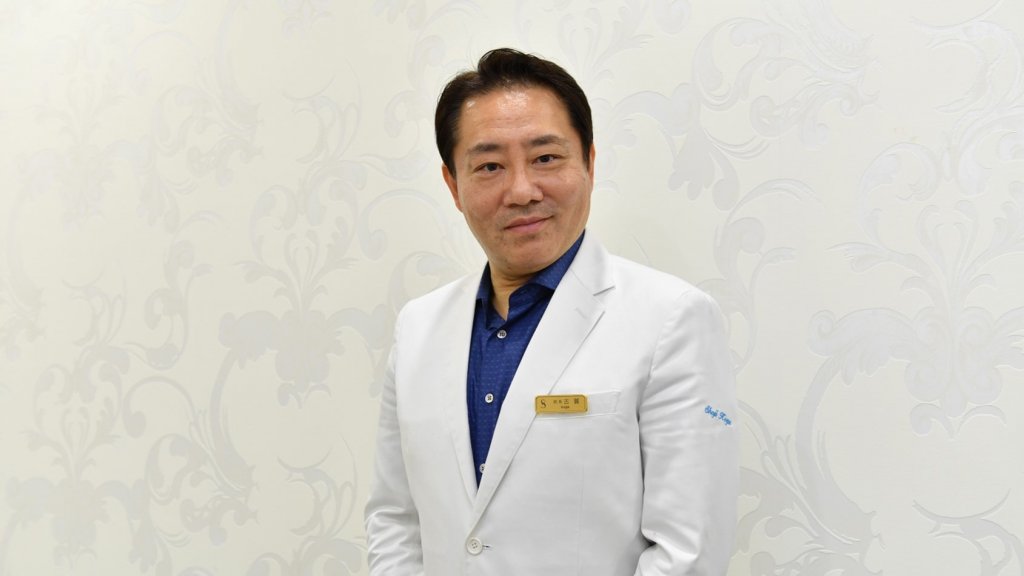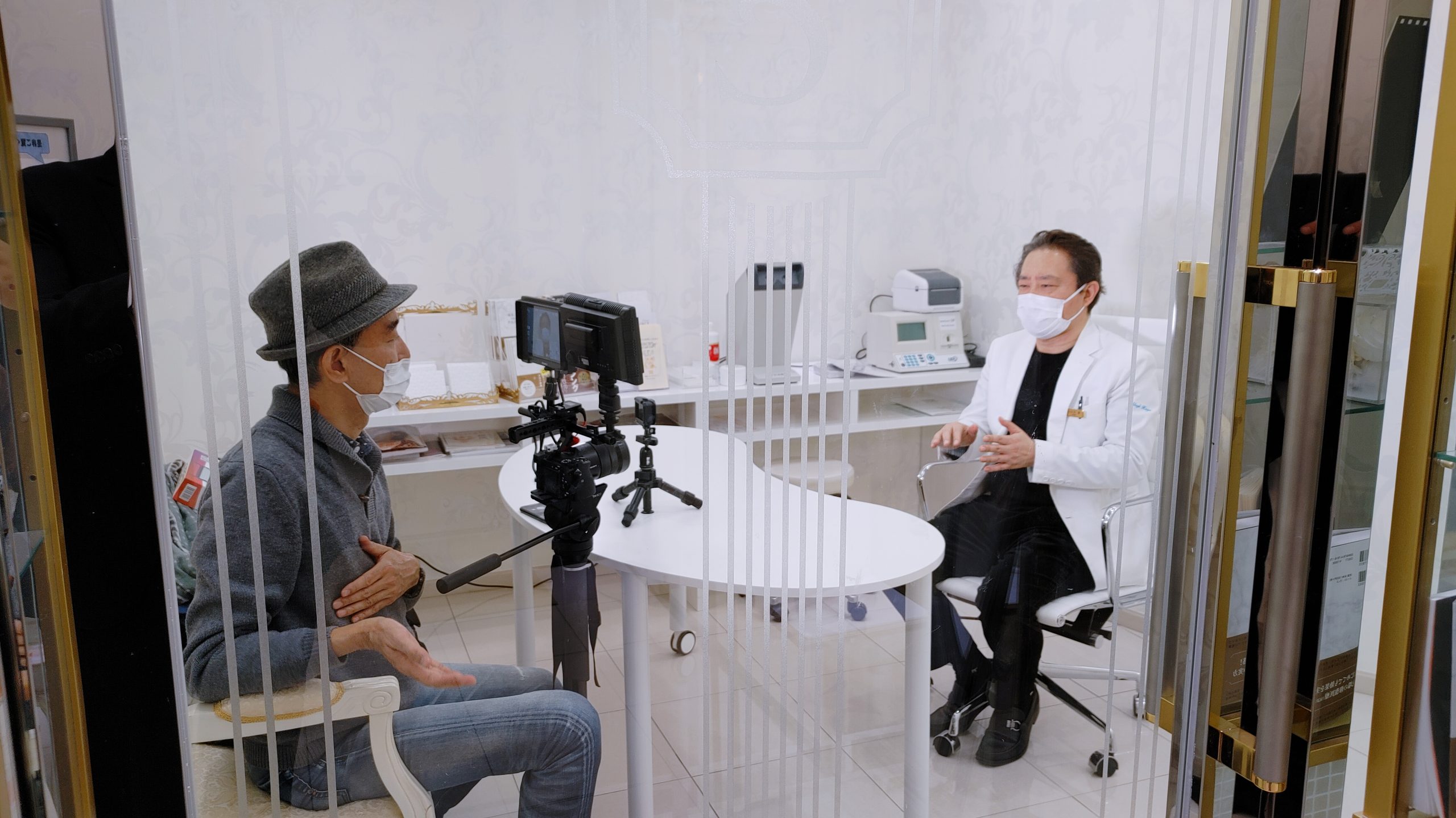Key to supporting the “Age of 100” with “SGF” repair medicine
With the increasing average lifespan, the concept of the “Age of 100” for humans has emerged. To maintain a healthy and beautiful state both physically and mentally even beyond 100 years old, it is necessary to keep the cells youthful and healthy. The aspiration of many to rejuvenate aging cells is realized through “SGF”.
● What is SGF SGF (SOLARIA Growth Factor) refers to the supernatant of cultured stem cells from dental pulp of deciduous teeth, developed by Dr. Shoji Koga, MD. Stem cells from the dental pulp of deciduous teeth aged 8 to 12 are cultured, and after suctioning and washing the culture medium, a recovery culture medium is added. After 48 hours, cells are removed using a dedicated filter, and the solution is confirmed under a microscope to ensure no cells are present.
●SGF contains many bioactive substances such as regenerative and growth factors SGF contains:
・Cytokines, proteins secreted by cells of the immune system responsible for non-specific cell communication.
・Chemokines, a group of cytokines that act through G protein-coupled receptors to induce specific cell responses.
・Growth factors, endogenous proteins that promote the growth and differentiation of specific cells in the body.
・Exosomes, responsible for transmitting information to distant cells or tissues, mediating adaptive immune responses, tissue repair, nerve transmission, and transport of pathogenic proteins.
●SGF to complement the limitations of stem cell transplantation
Traditionally, stem cell transplantation has been the mainstay of regenerative medicine and has been supported by many medical institutions. However, there have been limitations to its widespread adoption, including the risk of tumor formation during cell transplantation, the potential for cancer development, and issues related to standardization, administration methods, preservation, and cultivation methods, as well as high costs.
In contrast, SGF has the advantage of safety and efficacy. By manufacturing SGF in advance and conducting component analysis, it is possible to use standardized products of consistent quality, enabling high-quality mass production and cost reduction.
SGF addresses the challenges faced by stem cell transplantation, further enhancing efficiency and effectiveness. It is poised to be a transformative element in the future of regenerative medicine.
●Expected benefits of SGF
By utilizing SGF in regenerative medicine,
・Repair medicine
・Anti-aging medicine
・Aesthetic medicine
●In regenerative medicine,
SGF, when administered into the body, circulates within, identifies problematic tissues, and stimulates the activation, repair, and regeneration of stem cells. Additionally, it stimulates the pituitary gland, aiming to balance hormones and normalize the cycle of metabolism. Consequently, it contributes to the regeneration of tissues and skin tissues within the body, leading to much smoother treatment of diseases previously considered difficult.
By utilizing SGF,
・Improvement and prevention of dementia
・Prevention of cerebral infarction, or mitigation of motor dysfunction due to its sequelae
・Improvement and prevention of complications of diabetes
have been cited as examples of the benefits expected.
●Anti-Aging Medicine
SGF has been found to be effective as one of the means of anti-aging medicine, also addressing concerns commonly seen in men. “Erectile Dysfunction (ED)” and “Androgenetic Alopecia (AGA)” can be considered issues where the effects of SGF can be anticipated.
●ED Treatment with SGF
In conventional ED treatment, substances that promote erection act on vascular endothelial cells, but when there is deterioration in the function of these cells, secretion of the substance does not occur. SGF works to normalize the function of vascular endothelial cells, promoting improvement in symptoms without the need for medication.
●AGA Treatment with SGF
SGF is directly injected into the scalp to stimulate hair follicle cells, enhance hair growth function, and regulate the hair growth cycle. It also normalizes the function of transporting nutrients necessary for hair, restoring the hair cycle to a correct state in the long term, thus maintaining healthy hair.
Among various examination methods, the method that our clinic particularly emphasizes is the “Telomere Test.”
Telomeres are the portions at the ends of chromosomes that affect aging, lifespan, and the strength of genes. The longer the telomeres, the better the maintenance of healthy lifespan. Unfortunately, they tend to shorten each time cells divide, leading to increased risk of age-related diseases and aging.
By introducing SGF treatment, it is possible to address these issues. However, to confirm whether this has been achieved with specific numerical values, it is necessary to examine the state of telomeres. Therefore, by using the Telomere Test, it becomes possible to examine the state of aging, genetic fatigue, genetic age, and other factors, visualizing the outcomes of SGF treatment.
●Tailoring Examination Equipment to Suit Your Needs
In addition to the Telomere Test, our clinic offers a variety of examination equipment.
For treatments targeting diseases such as diabetes, blood tests are conducted. The purpose here is to quantify whether there have been changes in blood sugar levels as a result of SGF treatment. We have also introduced examination equipment such as the “LOX-index” for assessing the risk of stroke or myocardial infarction, and the “MCI (Mild Cognitive Impairment) Screening Test” for early detection of Alzheimer’s disease.


